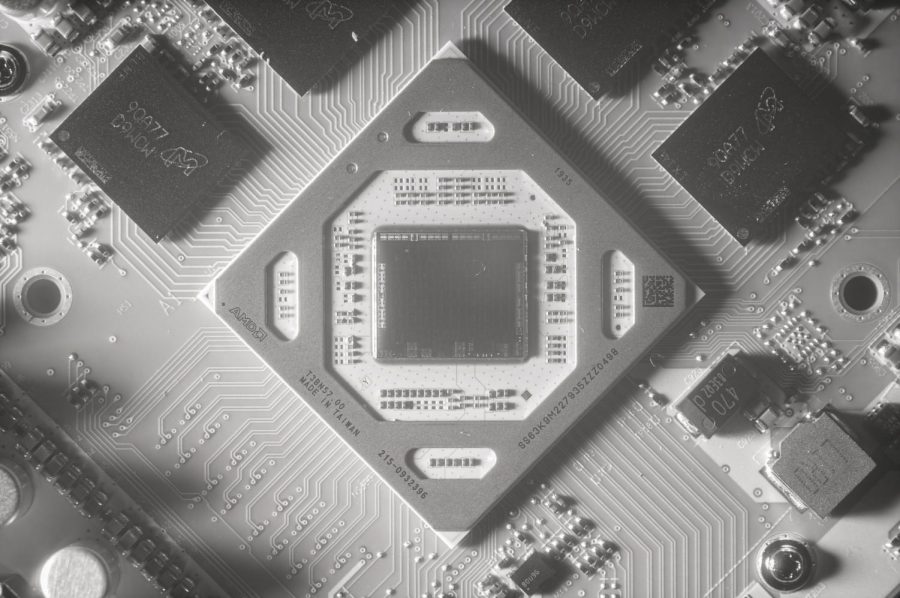Semiconductor manufacturer AMD misses expectations in third quarter
November 13, 2022
Advanced Micro Devices Inc. missed analysts’ expectations for earnings during its third quarter amid an ongoing chip shortage in the United States.
The company released its third quarter earnings report on Nov. 1. Although the technology firm’s revenue grew, AMD missed its projected 68 cents per share and its revenue projection of $5.62 billion by $500 million.
The California-based company produces its semiconductors with chips for both businesses and consumers. Semiconductors are used to make technology products such as smart devices, appliances and medical equipment.
A worldwide chip manufacturing shortage began in 2020, when the COVID-19 pandemic shut down factories and disrupted supply chains. Prices for chip-producing materials increased for suppliers, while demand from semiconductor manufacturers increased.
As a result, AMD optimized its semiconductor production with different, lower-quality chips.
“We’ve had very good progress at the North American cloud vendors,” AMD CEO Lisa Su said in a conference call. “We continue to believe that although there may be some near-term optimization of individual footprints and efficiencies at individual cloud vendors over the medium term.”
Although AMD seeks alternative chips for its products, the company still generated significant revenue at $23.5 billion.
AMD’s data center division earned $1.61 billion in the third quarter, up 45% compared to the second quarter. While the company promoted its revenue as impressive, it still did not meet experts’ predictions.
The company also cited computer shipments as another reason for its missed earnings.
AMD’s personal computer shipments fell 19.5% in its third quarter, according to Gartner. This is compared to shipment data from months past. Fewer chips in circulation meant fewer shipments and opportunities for revenue.
The fall in the company’s stock is also attributed to the chip shortage, too.
Upon the Nov. 1 closing bell, AMD’s stock fell 58%. This percentage change may indicate how the company will fare the rest of the year. Su said in a conference call that the company “has been preparing for the PC market to be lackluster in the fiscal fourth quarter.”
Intel Corp. and NVIDIA Corp. — which compete with AMD — are also financially affected by the chip shortage.
Intel reported its third-quarter revenue to be $13.5 billion, which is down 20% year over year. On the other hand, NVIDIA earned $6.7 billion, while analysts expected the company to make $8.1 billion.
On its light side, AMD’s gaming section revenue increased 14% in the third quarter, generating $1.63 billion. The company is contracted with major console developers Sony Group Corp. and Microsoft Corp.
In addition to semiconductor production, the chip shortage plundered other industries, such as auto manufacturing. Toyota Motor Corp.’s profit plummeted 25% in its third quarter, mainly due to the chip production shortage.
“We’re out of the worst phase, but… it’s not necessarily a situation where we’re fully supplied,” Kazunari Kumakara, who is the chief officer of Toyota’s purchasing group, told Reuters. “I don’t know when the chip shortage will be resolved.”
The chip shortage led the automobile and semiconductor industries to suffer from financial losses.
But professionals remain optimistic on chip production with more chips to become available soon through the federal CHIPS and Science Act. Semiconductor corporations and related sectors may have a resurgence if the chip shortage subsides.
“We’re going to get a lot more semiconductor capacity in the second half of 2022,” Sandeep Deshpande, who is the European technology research head at JPMorgan Chase & Co., said in a press release. “We’re nearing the end of the supply crunch.”







